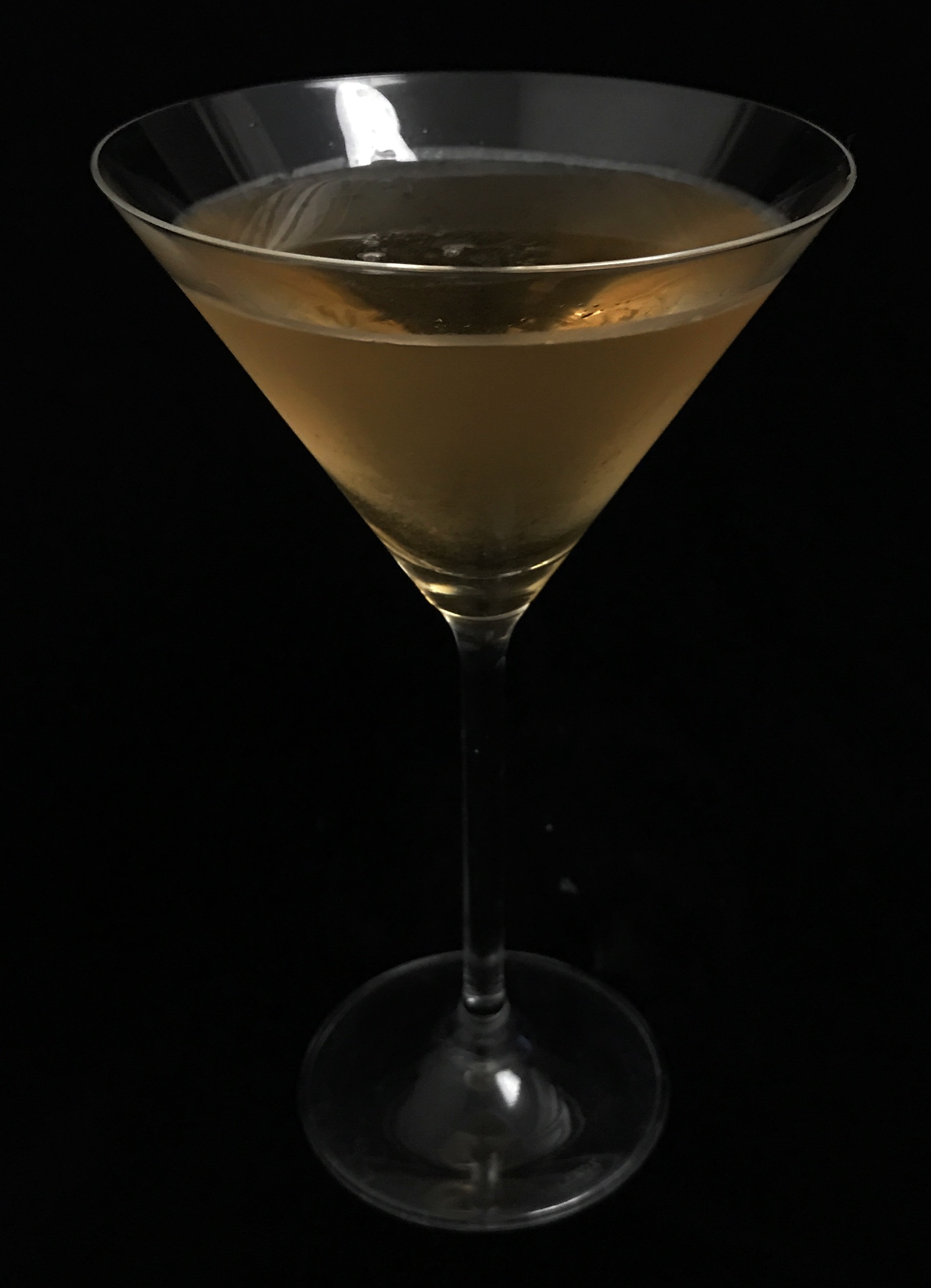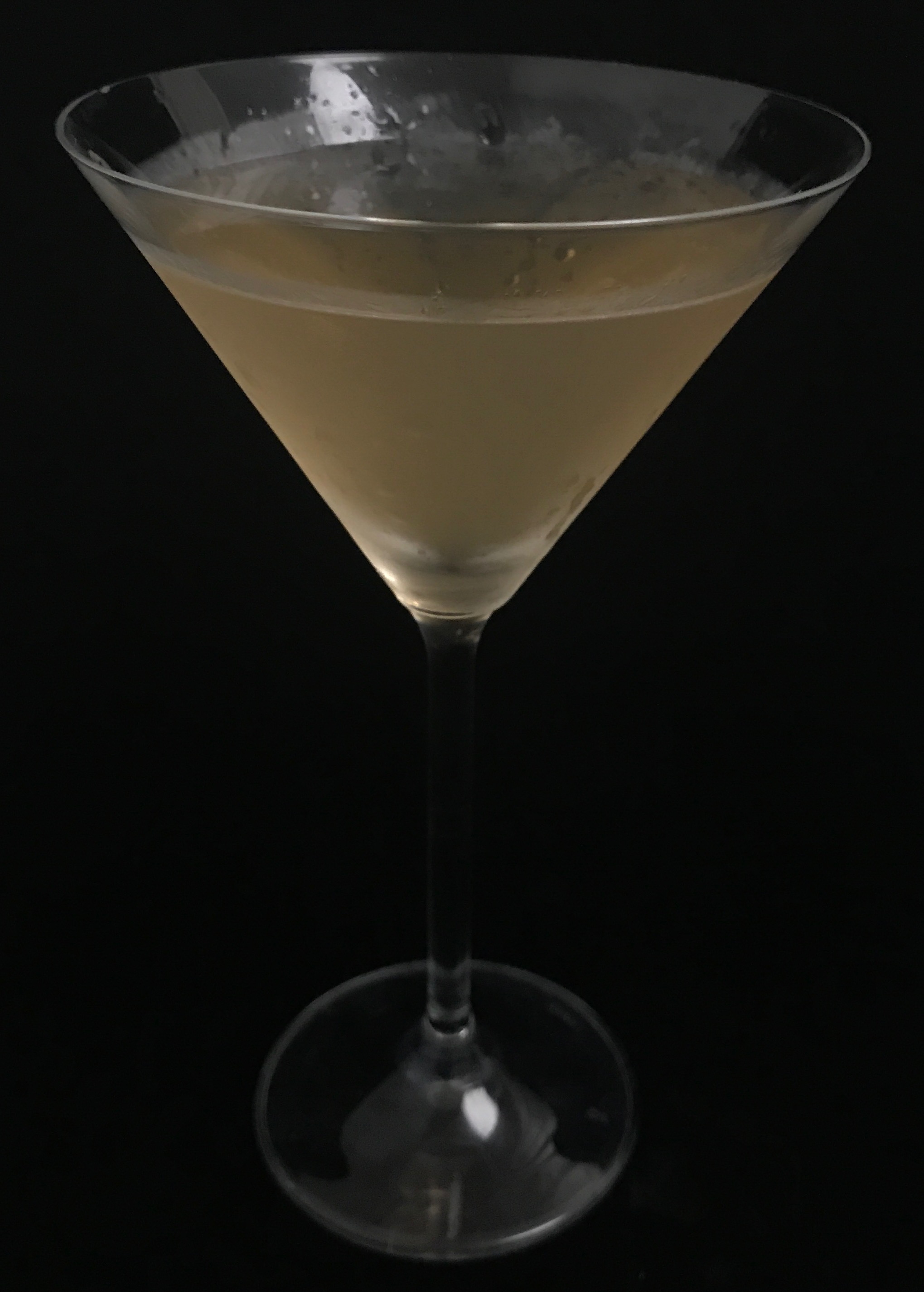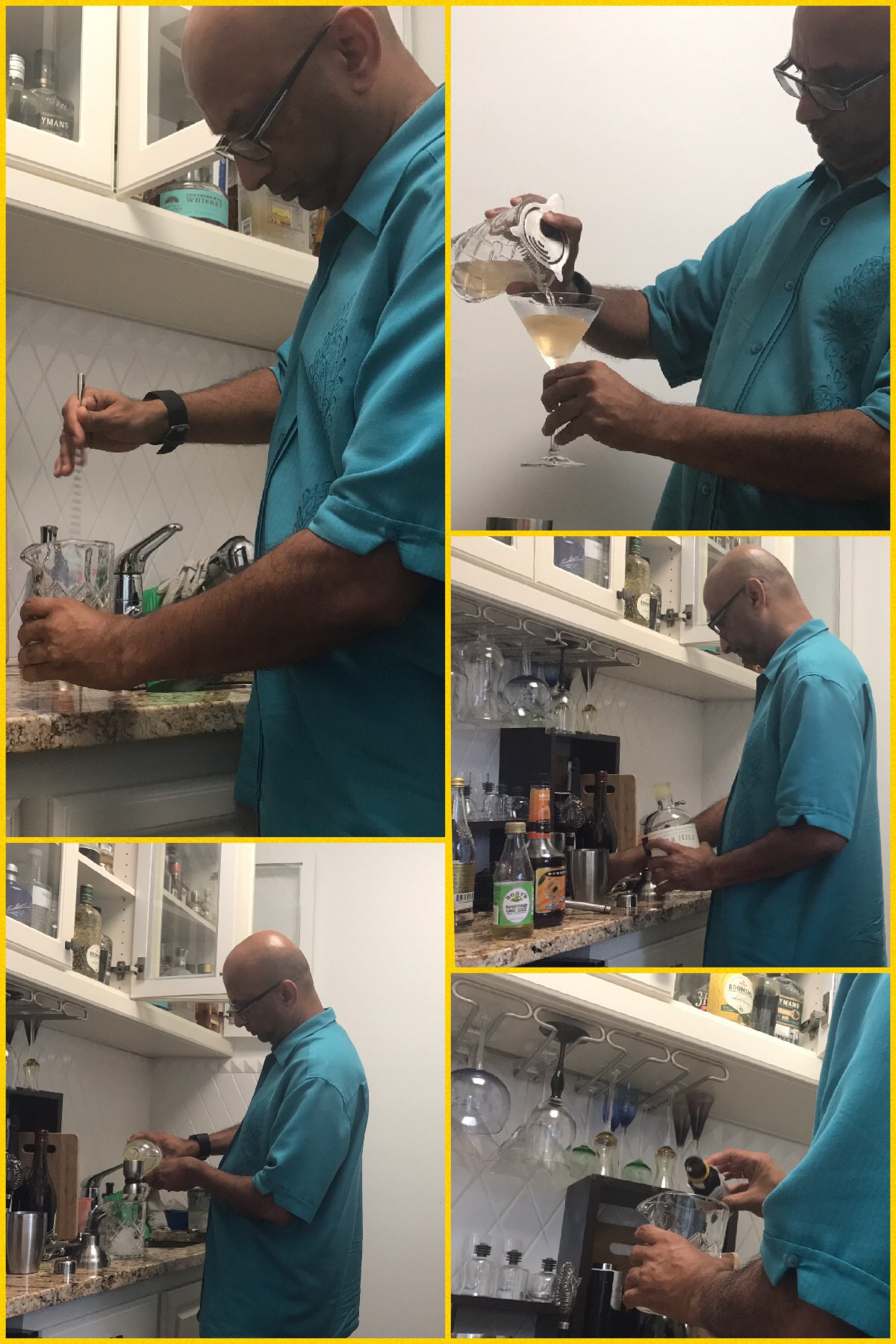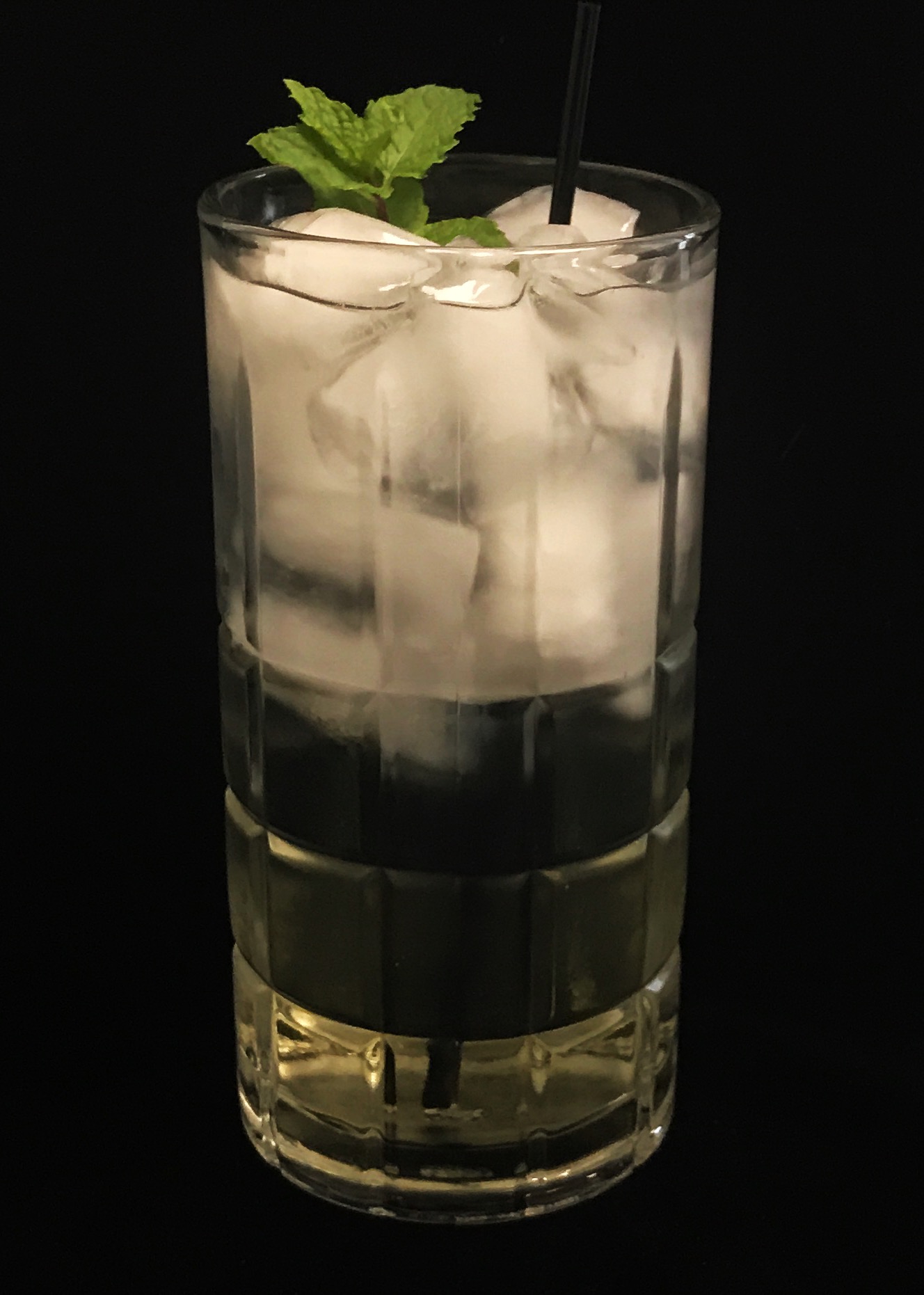Friday evening winding down: The making of a Barnum
From the bartender’s corner: Gin #18: Barr Hill Gin
A very unique gin. And while I am not easy to use superlative words when it comes to any gin, this one absolutely ranks as Best in America for me. Unless there is some other American Gin that I have not tasted yet that might top this. And I have had quite a few …
First, just the uniqueness in its simplicity. While most gins vie with each other to compete with all sort of esoteric herbs and botanicals, this one simply has two that are added to the base that is made from corn. First is juniper of course – else it technically cannot be called gin. The other one – and this is really really unique – honey.
The honey is not actually put during the distillation – it is added after. And the distillation is done in a still directly heated by fire. Which is relatively uncommon. For efficiency purposes, steam heated stills are far more common today.
Did I mention this is made in Vermont? Hardwick, Vermont. Where a beekeeper (Todd Hardee) and a career distiller (Ryan Christiansen) put this idea together. Actually, it was Todd’s idea (who by then owned a lot of farm and beehives). He hired Ryan. And then many years later, Ryan bought out Todd. Todd simply bought more land with that and makes all the herbs and botanicals and corn today that go to make the alcohols in Ryan’s distillery.
Here is one kicker about this gin. You are not going to find a lot of consistency. In fact, bottle to bottle, the colors might be slightly different as well as the nose and the palette. You wonder why, right? Think about it – what is honey made of? The nectar that the bees collect from the flowers. And it all depends upon which flowers they collect it from. So, if you harvest the honey in summer, you will get very different floral nose than if you take a batch of gin that has honey harvested in fall or spring!!
In any case, because of the honey, the viscosity of this gin is very different than other gins and you will see a distinct white cloudy color to the gin when you put ice – or even tonic water to it.
That alone made it very cool and unique to me. If you have not tried this gin before, I would highly recommend it.
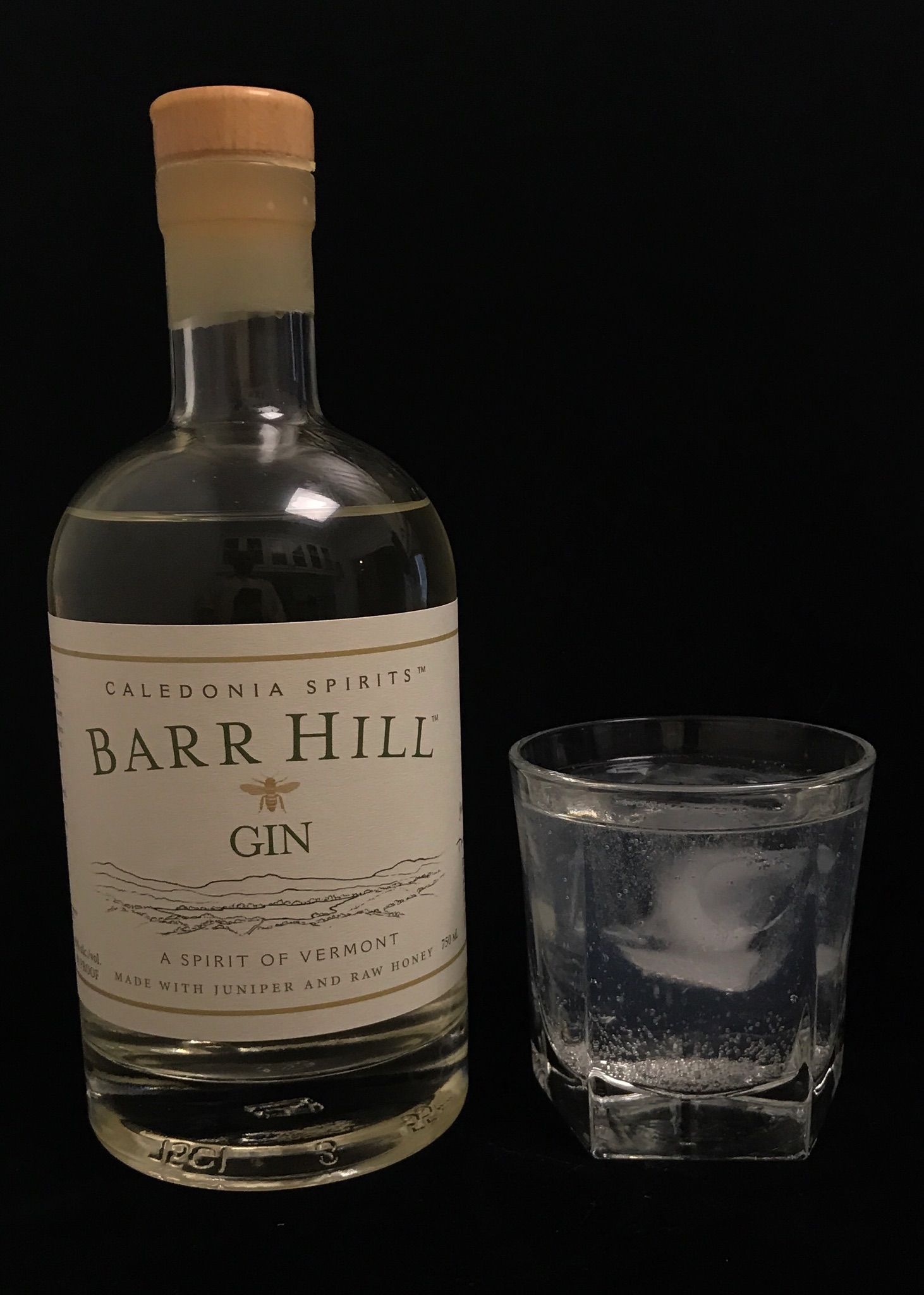
From the bartender’s corner – Alabama Fizz
From the bartender’s corner – The Brindle
Back to mixology. And back to continuing with my experiments with The Botanist gin. Although, I have to admit that strictly speaking, this cocktail is really made with the Bulldog Gin. But if you do not tell anybody, I won’t either 🙂
This cocktail is made with Gin, Creme de Cassis, Elderflower Syrup and Simple Syrup. Pour the Creme de Cassis after you have stirred the rest of the ingredients and put it in the martini glass. That will give the nice layered look.
Shalini, if you are reading this, now you have an idea with what to do with that bottle of Elderflower syrup you got from Italy!!
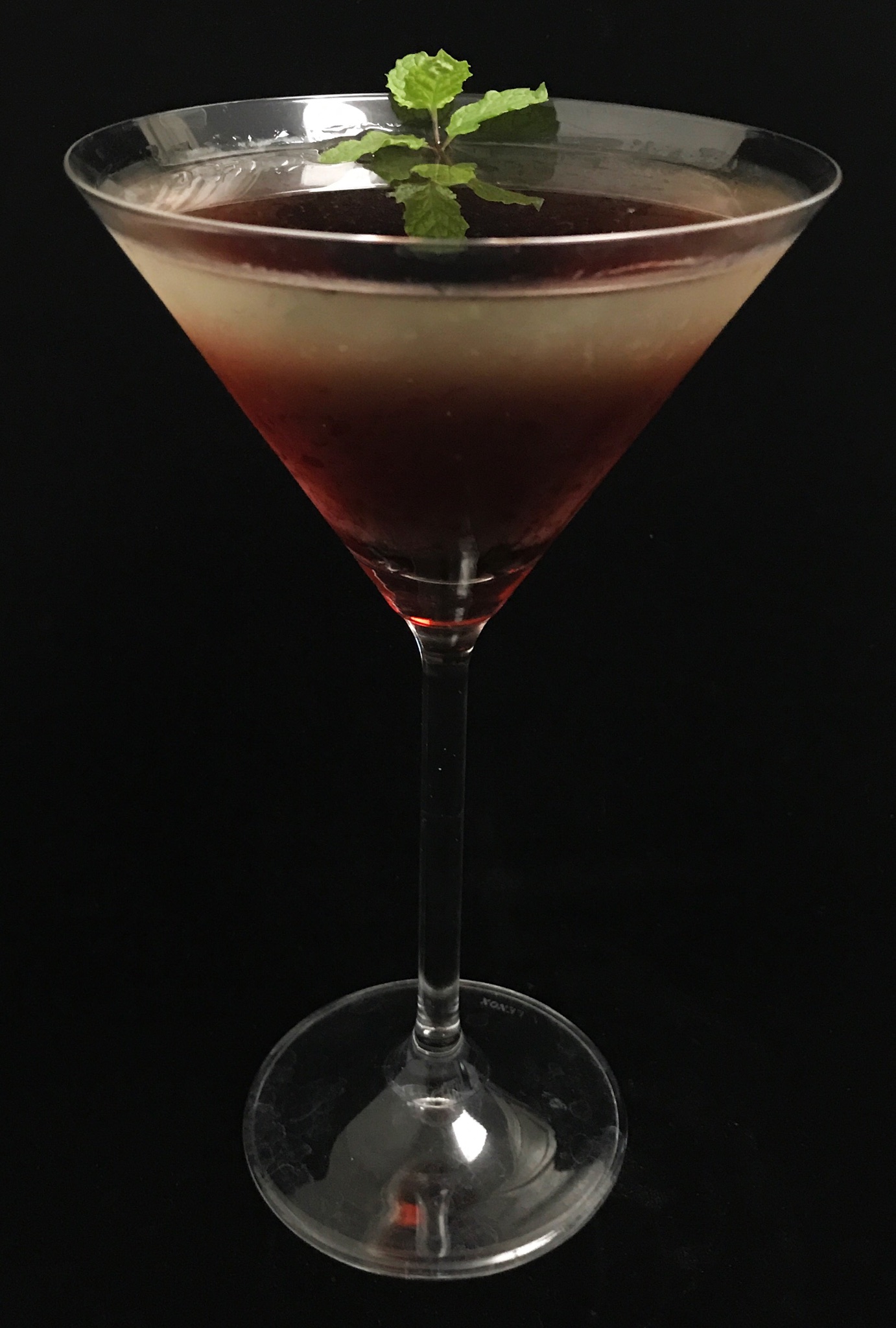
From the bartender’s corner – Bees Knees
This is a cocktail from the Prohibition era. Gin was made in all sorts of spurious ways. The cover up from the smell and taste, often honey and lemon juice was added. And then called Bees Knees – what is a Prohibition era slang for “The Best”. I tried with more authentic gin – The Botanist and used Barenjager honey liqueur with fresh lemon juice.
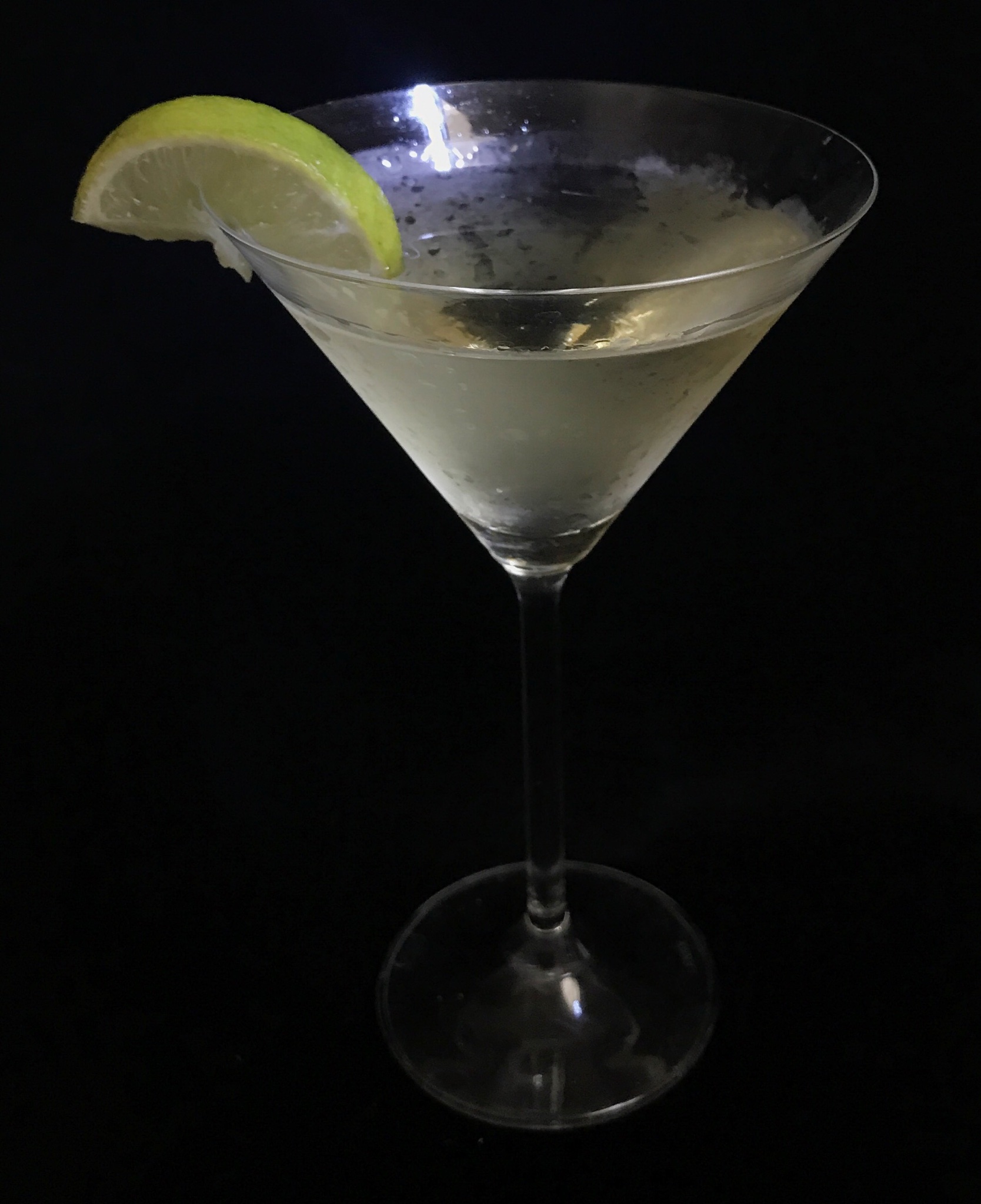
From the bartender’s corner – The Tuxedo #2
Even if you are not a big fan of martini, chances are you will like this cocktail. The ingredients include gin (I am experimenting with The Botanist), Dry Vermouth, Maraschino Liqueur, Orange bitters and Absinthe. The Absinthe is not mixed with the ingredients – rather used to rinse the inside of the martini glass (and then the excess is thrown away). Garnish with a cherry to keep the theme of Maraschino liqueur.
The result is a big mixture of aniseed and cherry in the nose with the juniper mostly in the length.
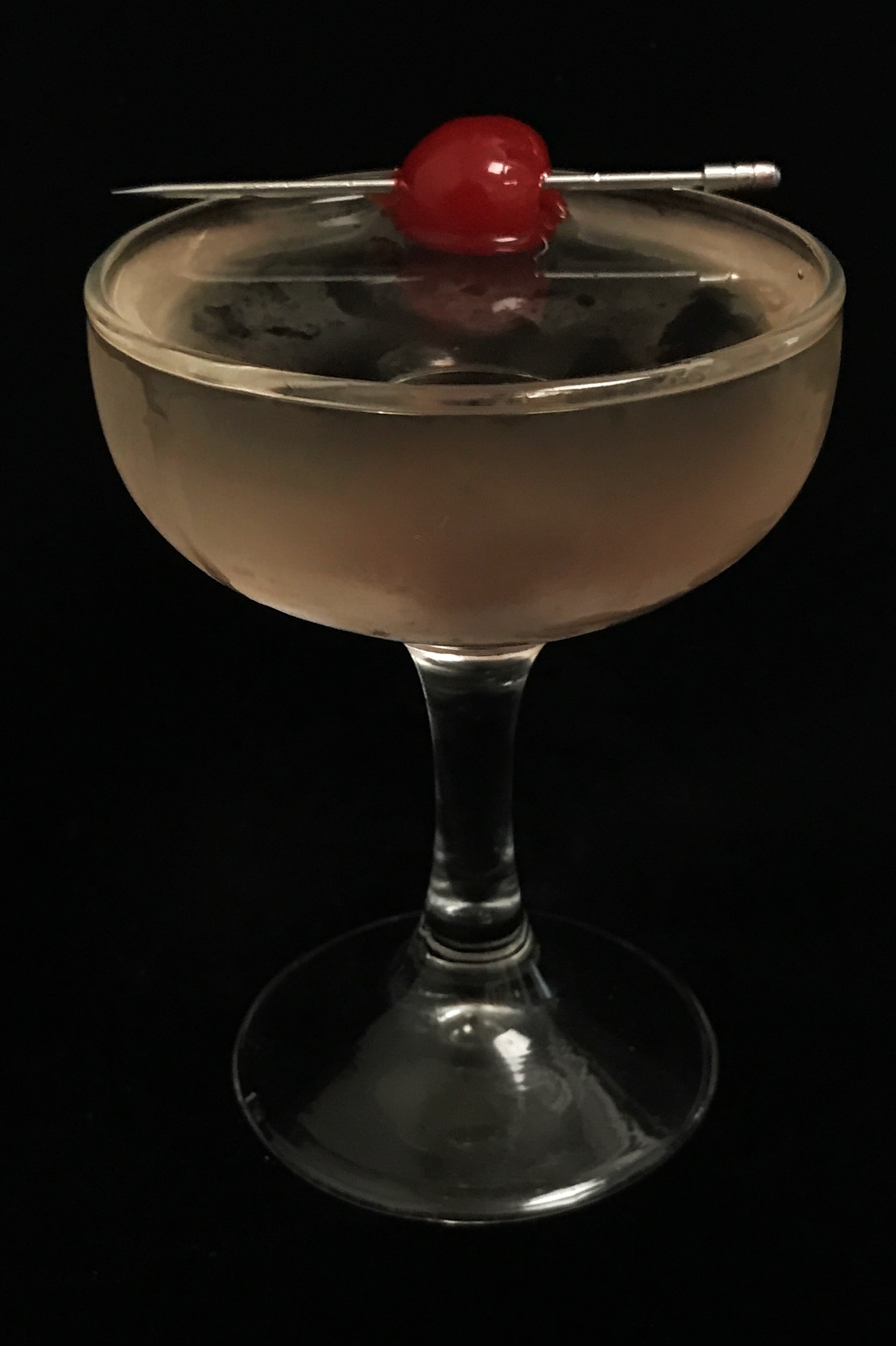
From the bartender’s corner – Gin #17: The Botanist
This is another great gin from an unlikely place – Scotland! I was surprised long time back to find that Hendricks was from Scotland. You usually do not mentally map cucumbers (Hendrick’s key feature) to Scotland.
This is another of those anomalies. Right off the mainland of Scotland on the west side is a bunch of islands called the Inner Hebrides islands. One of the bigger islands there – if not the biggest – is the Islay. This island, along with the neighboring island of Jura, is particularly known for their famous whiskies.
Well, Botanist 22 is made in the Bruichladdich distillery in the island of Islay.
A few distinctive features of this gin:
First the distillation process is very very slow. When I was visited some distilleries in Oregon making American Style Gin, I saw the distillation processes for gins taking about 5-6 hours. This one takes 17 hours!! The pot is affectionately referred to as “Ugly Betty”! Apparently, it looks like “an oversized, upside down dustbin made of copper”. It was originally designed in 1955 and primarily for the purpose of making whiskey!
The gin has 31 individual ingredients. 22 of them – including the staple juniper is local from the island. The “22” marked in the bottle refers to those local ingredients.
The nose this gin is very floral and you should be able to sense the juniper. The palate is rather mellow but picks up on warmth and citrusy notes if you let it settle for a few seconds. The length (finish) is distinctly spicy.
I also tried this gin with some Fever Tree Indian Tonic Water later in the evening. My personal opinion is the tonic water overwhelms this particular gin. If you care about the complexities and feel everything that is going on, stay with the gin and a king ice. If you just are looking for a good G&T, go ahead with the Fever Tree.

From the bartender’s corner – Akori London Fog
Last Sunday, I wanted to try out one last cocktail with the Akori gin. Back in March, I had liked a London Fog that I had made with the Ophir gin. To keep up the Oriental angle, tried a London Fog (with the Akori gin). The results were very different. I did not like the cocktail much at all. Also, I had used the “pour on crushed ice” style that certain mixologists had suggested. Realized that I am not a big fan of that style at all.
In any case, if you wish to try this at home, this is a rather simple concoction of gin and Pastis (or alternately Absinthe). The aniseed overwhelmed the nose and length. The palette was very flat (and I think that is what turned me off).
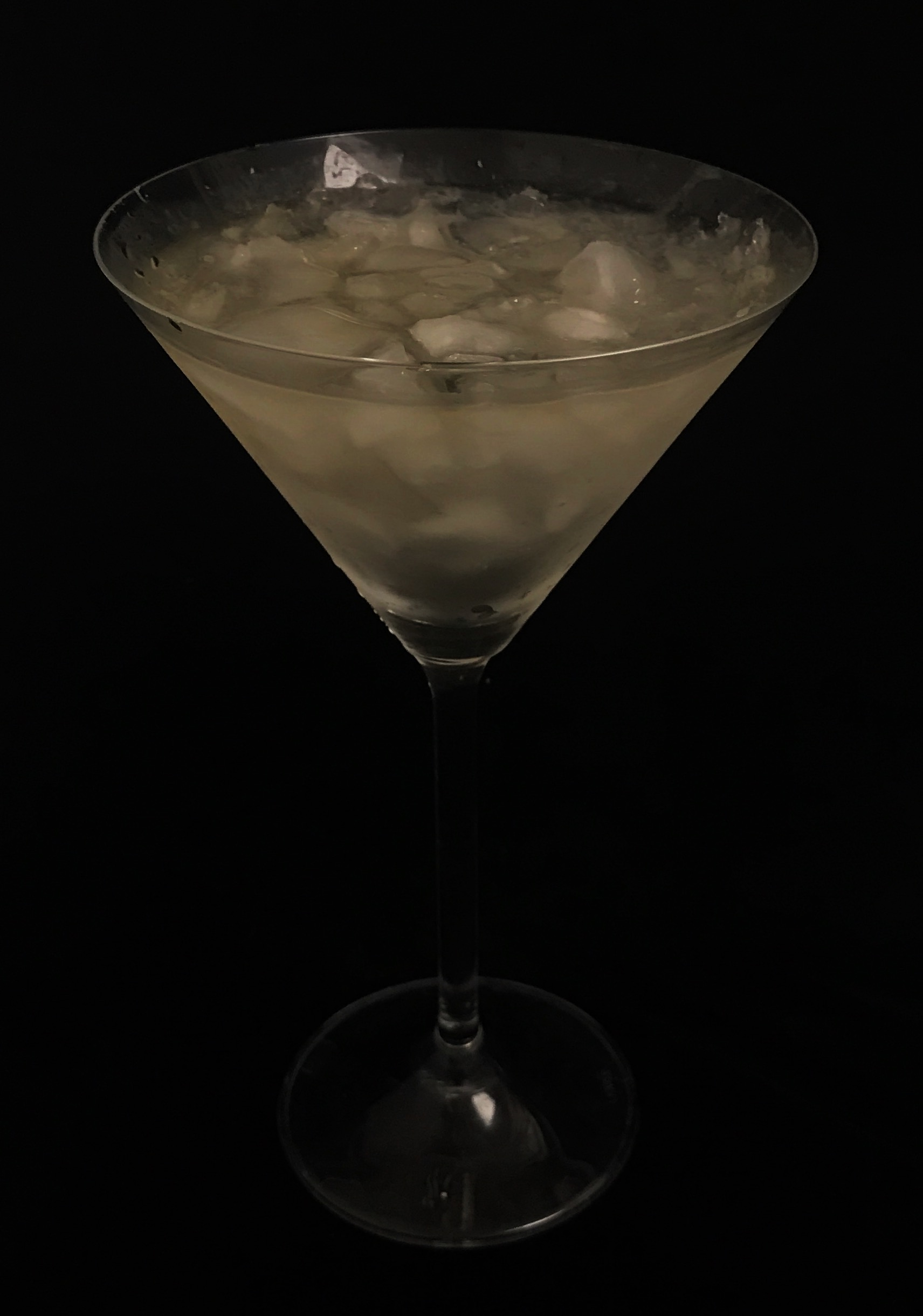
From the bartender’s corner – Akori Pegu Club
Pegu Club derives its name from the Pegu river in Burma. This goes back about a hundred years back. Burma was a big hub of activity for the British. In Rangoon (the capital has been renamed to modern day Yangon), one of the most exclusive clubs was called Pegu Club where the rich and the aristocrats hob nobbed. This gin based drink was the cocktail de jure there…
This has gin (I used Akori), Orange Curacao, lime juice, Angostura bitters and some orange bitters.
